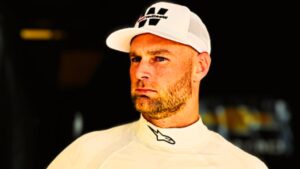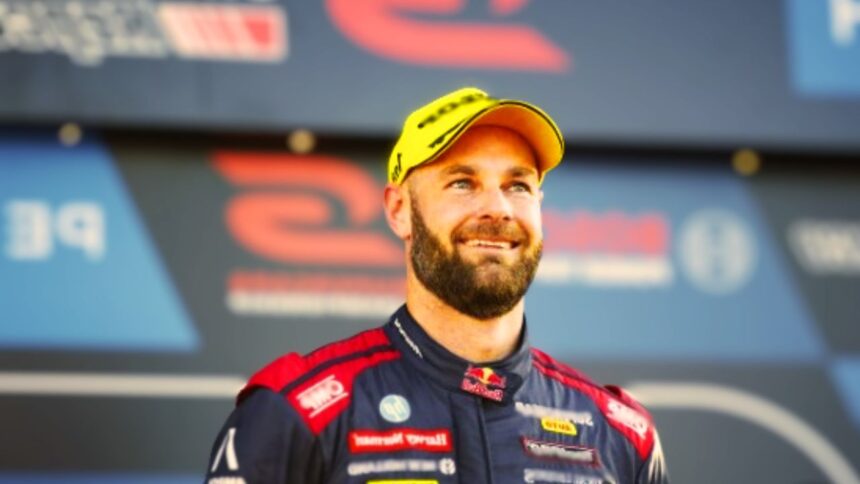The recent penalties levied against Austin Hill and Shane van Gisbergen following a technical inspection at Talladega Superspeedway have thrown pre-race preparations into disarray. This incident, entailing consequences like loss of pit selection and crew member ejections, prompts reflection on the stringent enforcement of NASCAR’s regulations and their impact on the competitive landscape of motorsport.
Technical Inspection Issues at Talladega
Technical inspections at Talladega Superspeedway are critical pre-race procedures aimed at ensuring compliance with NASCAR’s rigorous safety and performance standards. The heightened scrutiny is warranted given the track’s high speeds and close-quarter racing, emphasizing the paramount importance of adhering to regulations for both legality and safety.
Conducted mere hours before race commencement, the inspections wield significant influence over team strategies and driver morale. The meticulous examination covers various aspects, from engine specifications to aerodynamic configurations, aimed at maintaining a level playing field and upholding the sport’s integrity.
The timing of these inspections adds to the pressure, forcing teams into a race against time to rectify any violations before the green flag waves. Thus, the technical inspection is not merely a procedural formality but a pivotal moment that tests teams’ adaptability and resilience.
In Xfinity tech … AHill Allmendinger VanGisbergen Bacarella TayGray and Bilicki cars failed twice (loss of pit selection for Dover and crew member ejection).
— Bob Pockrass (@bobpockrass) April 19, 2024
Drivers Failing Technical Inspection
The failure of several drivers, including Austin Hill and Shane van Gisbergen, to pass the technical inspection at Talladega has resulted in substantial penalties, including loss of pit selection privileges and crew member ejections for the next race. Such penalties not only disrupt preparations but also impact race strategies, particularly given the significance of pit stall selection and crew composition.
The inspection failure underscores NASCAR’s commitment to maintaining competitive parity and preventing unfair advantages. The penalties serve as a reminder of the high standards expected in professional motorsports and the consequences of non-compliance.
Impact on Drivers like Austin Hill and Shane van Gisbergen
For drivers like Austin Hill and Shane van Gisbergen, the penalties translate into added pressure and strategic disadvantages heading into the Dover race. These setbacks not only affect immediate race prospects but also cast shadows over season-long strategies and morale.
The penalties force drivers and teams to recalibrate their approaches, emphasizing the need for flawless execution and strategic precision. Every decision on the track and in the pits becomes magnified in importance, underscoring the unforgiving nature of NASCAR competition.

Impact of Penalties on Dover Race
The penalties imposed on Hill and Van Gisbergen are poised to shape the dynamics of the upcoming Dover race significantly. While Hill’s pole position offers a potential advantage, Van Gisbergen’s resilience will be tested as he navigates from a compromised starting position.
The penalties could inject unpredictability into the race, influencing strategic approaches and driver behavior. Competitors may adopt more aggressive tactics, leading to a dynamic and thrilling spectacle for fans.
Twist of Fate for Mason Massey
In a surprising turn of events, Mason Massey’s fortunes improved when Garrett Smithley’s disqualification propelled him into the race lineup. This unforeseen twist not only reshapes the starting grid but also revitalizes the hopes of fans, highlighting the unpredictable nature of NASCAR racing.
News in Brief: Hill and Van Gisbergen Penalized Pre-Race Drama
The penalties underscore NASCAR’s commitment to enforcing technical regulations and maintaining competitive fairness. While disruptive, they serve as reminders of the sport’s high standards and impact on championship dynamics.




